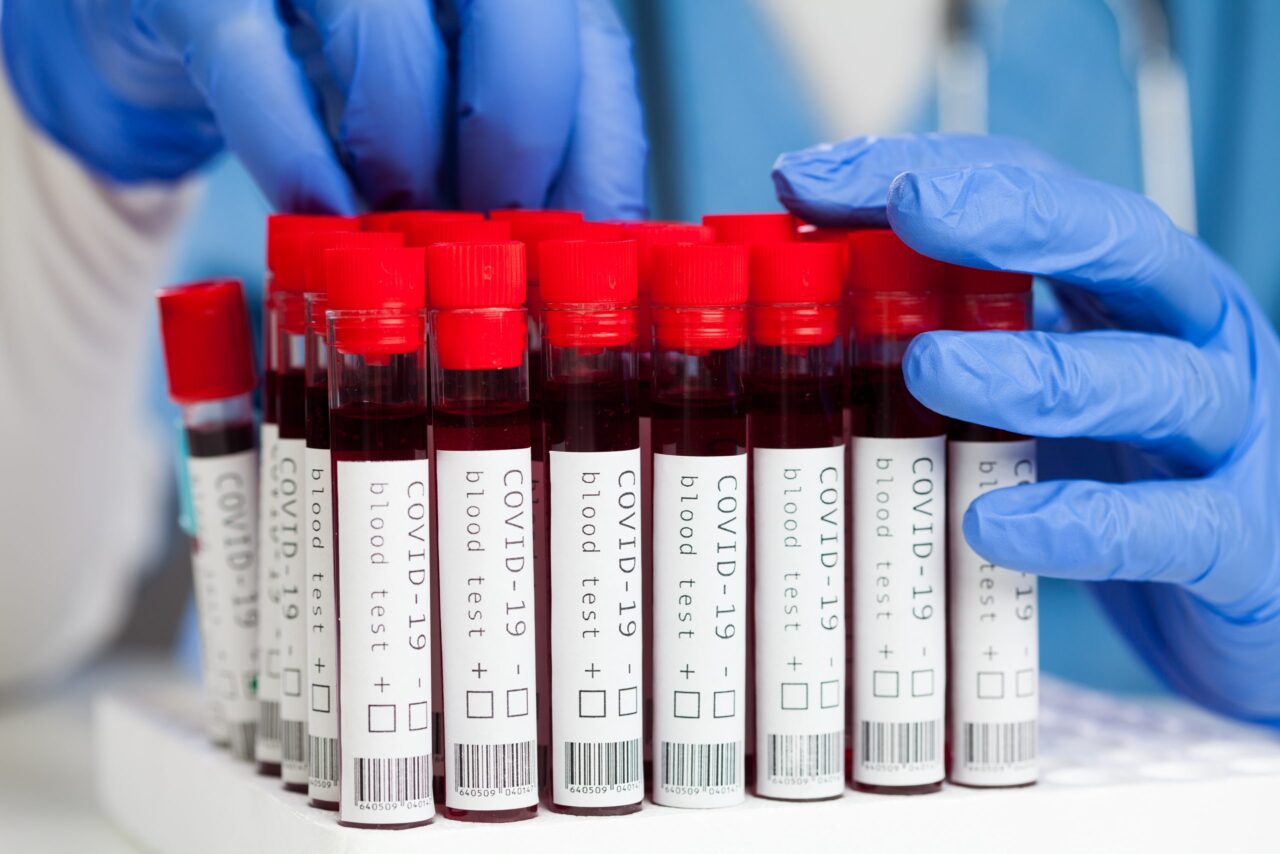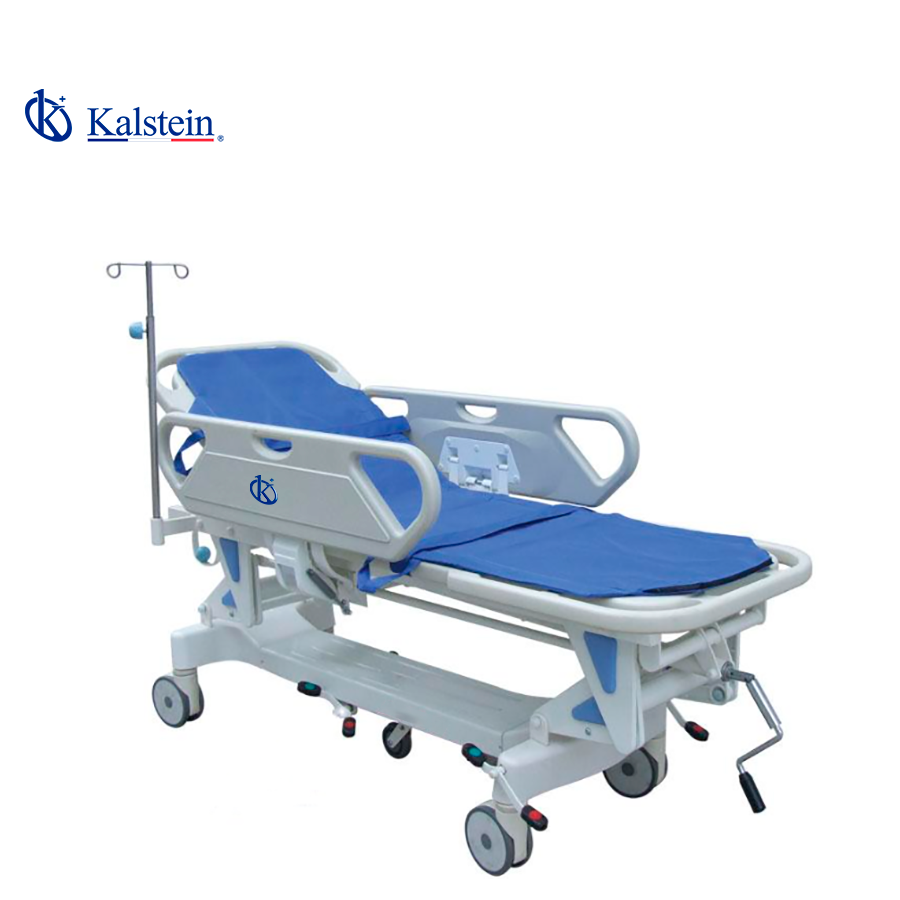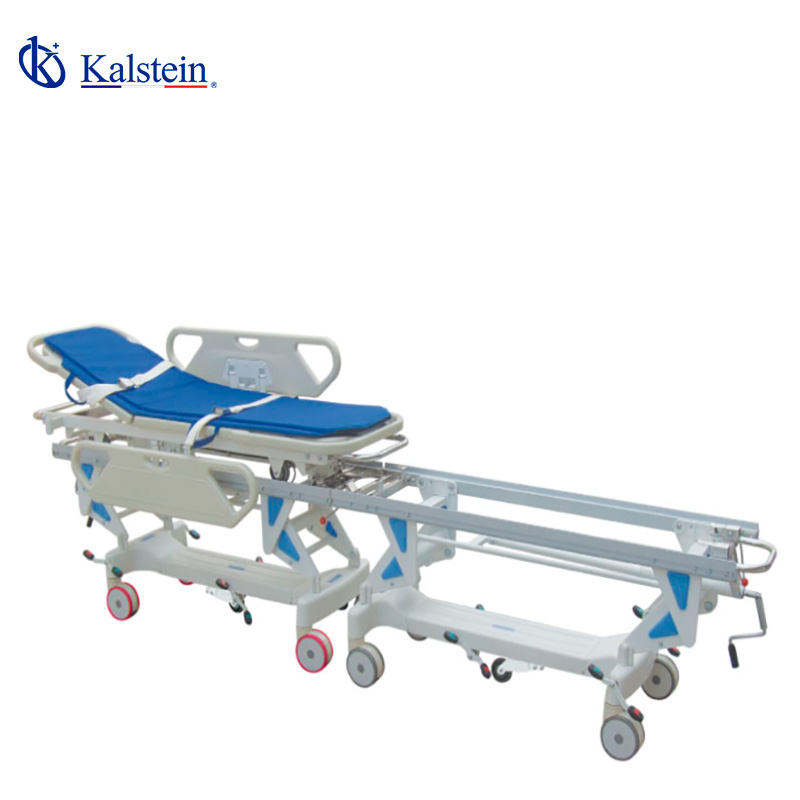A journey through the field of hematology takes us to the core of life itself, the blood. Hematology laboratories are highly specialized areas where blood samples are examined to diagnose blood disorders such as anemia and hemophilia, as well as disorders of the blood-producing organs, such as leukemia. But how does this journey from blood sample to diagnosis occur?
Hematology laboratories perform a variety of essential procedures to unravel the mysteries of our blood. From the complete blood count to detailed blood cell analysis and coagulation testing, these labs are critical to the early detection and treatment of a wide range of conditions.
Complete Blood Count: The Initial Indicator
The complete blood count is the most common test and provides a wealth of information about our blood. It analyzes three key components of the blood: red blood cells, which carry oxygen; white blood cells, which fight infection; and platelets, which are essential for blood clotting.
From this test, hematology specialists can assess the overall count of these cells, their sizes, shapes, and proportions. This data can help identify a range of conditions, from anemia to infections to bleeding disorders to diseases of the immune system.
Differential Leukocyte Count and Erythrocyte Morphology
Once the complete blood count is performed, the next phase is the differential leukocyte count. This test provides a detailed look at the five major types of white blood cells and can detect abnormalities that could indicate infections, leukemia, stress and immune problems.
In addition, erythrocyte morphology provides an even more detailed view of red blood cells, looking for shape, size and color. This analysis allows hematologists to detect underlying disorders such as sickle cell disease and some forms of anemia.
Coagulation Tests: The Indispensable Gatekeeper of the Blood.
Coagulation tests are vital for assessing how blood clots, which can reveal problems such as hemophilia, deep vein thrombosis, lupus and the risk of bleeding during surgery. This is accomplished primarily through the prothrombin time (PT) test and the activated partial thromboplastin time (APTT) test.
The PT measures the time it takes for the blood to clot, while the APTT assesses the efficiency of the internal and common clotting pathways. Another vital indicator is fibrinogen, the key clotting factor.
The future and Kalstein
In this fascinating world of hematology, each test is a powerful tool that allows these laboratory detectives to reconstruct an accurate picture of our health. We at Kalstein open a new universe where you will find a place with the latest technological and scientific advances, we present the 3D platform, here you will find infinite manufacturers and distributors of laboratory equipment regardless of type, you can design your profile and be in contact with every corner of the world, we offer unparalleled advantages in over 10 languages and have your own laboratory in 3D, buy, sell or rent equipment for laboratories or doctors, learn more HERE



